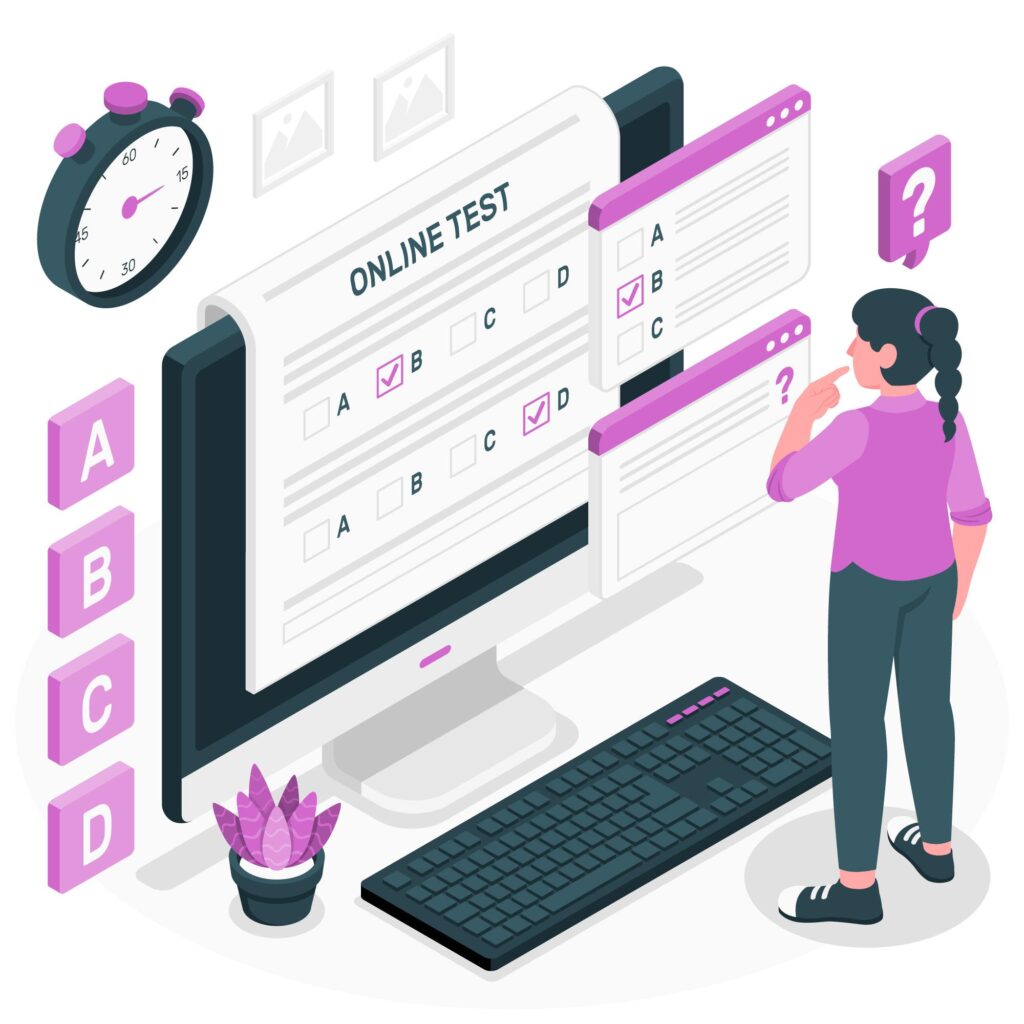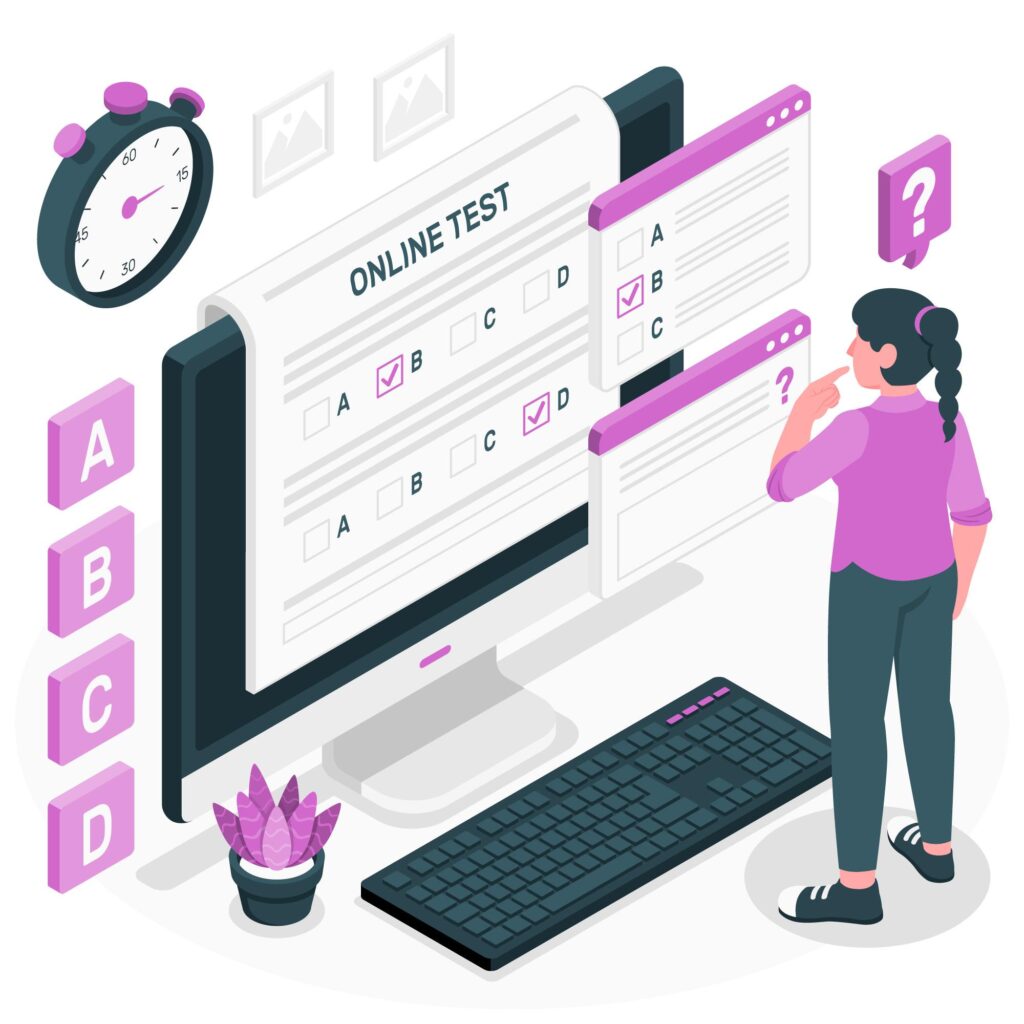The job market is opening up but there is a dearth of skilled candidates. The onus is now on employers to fill open positions in their organisations with the best talent. As job opportunities increase, employers are finding it extremely difficult to attract, employ and retain talented employees.
In recent times, one critical element of the recruitment process has been: the candidate experience that a company provides. With greater availability of job opportunities, candidates have become more demanding and recruiters need to offer a great experience if they want to hire the best talent.
Why is it necessary to enhance candidate experience?
Businesses are in fierce competition to hire the best talent. Every organisation is trying its best to woo candidates with high salaries, perks and a myriad of benefits. While these are important, a vital element that sets a recruitment process apart is the kind of candidate experience it offers. Organisations need to focus on candidate experience to ensure that they attract the right talent.
Some deterrents that discourage candidates are long forms to be filled out, stressful assessment tests, several rounds of interviews, poor communication by recruiters, lack of transparency, etc. Candidates of the modern era are not just looking for great salaries or perks. They assess the suitability of a company based on what they experience during their initial interactions. Good candidates may lose interest in an organisation and look for alternatives if the hiring process is slow and tedious. The recruitment process must be candidate-focused and not company-focused.
Automating the hiring process with the help of application tracking software speeds up the process and enhances the candidate experience. Automation also streamlines the interview process, offering a great candidate experience.
Recruiters need to harness technology to provide a personalised experience to candidates. These techniques help overcome the shortcomings in the traditional recruitment process. However, these are not enough!
Businesses will need to take their efforts to the next level to distinguish themselves. Recruitment professionals are trying new and innovative methods to attract and convert the right talent. One such innovative technique that has become extremely popular in recent times is the gamification of recruitment or including recruitment games in the hiring process.

What are recruitment games?
Recruitment games make the hiring process engaging. Recruiters organise engaging assessments for applicants through game simulations. The performance of the candidates at the games helps them evaluate the potential of the candidate for a specific role. They can assess skills such as cognitive abilities, critical thinking, talent, intellect, leadership qualities and more. Recruitment games help eliminate subjective bias.
Gamifying recruitment makes the process less stressful and more enjoyable for the candidates. Recruitment games can help candidates understand how they would like to be hired. and also influence the prospects to take on new roles that they might not have considered earlier.
Gamification is not restricted to one specific type of game. There are different types of games such as online quizzes, online puzzles, platform games, simulating work scenarios, etc. that may be considered. Recruiters can host recruitment games tailored to their specific needs.
How do recruitment games improve candidate experience?
- Enable candidates to perform to their full potential: Job applicants need to go through preliminary tests and assessments prior to the interview. These tests help recruiters to gauge the capabilities of the candidate and suitability for a role. Most applicants are not motivated to take such tests because they are time-consuming and tedious. Their performance is hampered because of the stress they experience and their reluctance to take on such tests. As a result, their true abilities are not reflected in their test performance. Recruitment games, on the other hand, enable candidates to perform to their full potential in a comfortable, easy-going environment. As such, recruitment games facilitate a better understanding of the abilities of the candidate.
- Offer transparency in the hiring process: Organisations are required to offer complete transparency regarding their mission, goals, job description and expectations from the candidates. However, many a time, candidates see different pictures of the company before and after joining. In many instances, candidates have reported that they find employers not meeting expectations. Recruiters can customise recruitment games such that they provide candidates with a better understanding of the job, its complexities, and an idea of how the organisation functions.
- Eliminate bias: Recruitment games are developed using Artificial Intelligence. The technology-based algorithms help maintain transparency, integrity and fairness. Recruitment games eliminate bias or subjective notions caused by human intervention. They facilitate inclusive hiring.
- Are less stressful: Job applicants find aptitude tests and assessments stressful. Their performance in tests is affected by their nervousness and anxiety. Recruitment games reduce the stress by offering a relaxed and comfortable environment that enables candidates to loosen up and do their best.
- Add a fun element to the hiring process: The work culture has changed over the years. Today, most organisations offer an informal work environment to their employees. The hiring process is the first interaction the candidate has with the company. Hence, it is critical that it reflects the unpretentious work culture. Recruitment games add a fun element to the hiring process and put the candidates at ease. When the candidates enjoy the hiring process, they will truly appreciate the relaxed approach of the organisation
- Provide valuable insights to candidates about themselves: Recruitment games are one of the most effective ways for candidates to learn things about themselves that they were probably unaware of. Psychometric evaluations reveal insights about the candidates that help them understand how their minds work and identify areas for improvement.
- Help build consistent communication: One of the sore points of traditional recruitment methods is inconsistent communication with the candidates. Candidates often experience communication gaps with recruiters through the different stages of the hiring process. However, recruitment games overcome this drawback by facilitating clear, consistent communication and offering transparency.
- Save time for the candidates: Long-drawn selection processes involving multiple assessments and interviews are no longer preferred by candidates. Job applicants are short on time and are looking for faster methods of selection and recruitment. Recruitment games are much faster than traditional methods and provide deeper insights to recruiters in a short time. This speeds up the hiring process, thereby enhancing the candidate experience.
- Assess candidates’ skills in real-life work situations: Recruitment games are designed such that they reveal the gamer’s thinking potential in non-gaming contexts. They enable candidates to display their skills in handling real-life situations that they are likely to face.
- Help with employer branding: In a candidate-driven recruitment space, employer branding is a vital aspect. Candidates find out details about the organisation where they are seeking employment to assess whether the employer brand resonates with them. Employers must, therefore, effectively market themselves to candidates in order to attract the best talent. Building a digitally empowered employee brand is a must. Leveraging technology for various hiring processes, coupled with AI-based gamification, enhances the candidate experience. Recruitment games facilitate pre-screening that offers a best-in-class digital experience to candidates and exhibits the authentic employer brand.
These are some reasons why organisations are gamifying their recruitment processes to enhance the candidate experience. Choosing the right games and implementing them seamlessly can delight the candidates. They help in directing the best talent to the organisation.
How to gamify recruitment
Gamification of recruitment entails screening candidates based on their performance. Recruitment games make the hiring process enjoyable and fun while projecting an attractive company culture. They are developed using Artificial Intelligence by software developers.
There are several platforms that provide recruitment games. HirePro is one of the leading vendors that offers custom recruitment games tailored to the specific needs of an organisation. We develop games based on extensive research and in-depth knowledge of behavioural science. Our professionals develop games that are uncomplicated and easy to understand.
Final takeaway
Recruitment games are beneficial for both the recruiters and the candidates. If we look at the recruitment process, the first step of the selection process is asking candidates to appear for tests.
The purpose of holding tests and interviews for the selection of candidates is to understand the real person behind the resume and to assess their fitment for a role. However, the true self of an individual hardly emerges under stressful circumstances. Recruitment games put the candidates at ease so that they conduct themselves in a manner that comes to them naturally instead of trying to exhibit a personality that they feel suits the role. The clarity in understanding a candidate helps recruiters determine whether the candidate is or is not the right fit for the role.
Recruitment games also benefit candidates who are comfortable during the assessments and give their best performance. They offer clarity to the candidates regarding the work culture and other aspects of the organisation. It helps them decide whether or not they would like to work for the organisation. Candidates enjoy recruitment games since they are engaging, fun and not as stressful as assessment tests and aptitude tests.
All in all, recruitment games offer a great candidate experience and make it easier for an organisation to attract the best talent.














